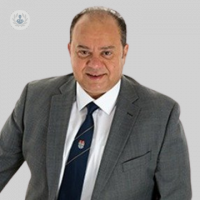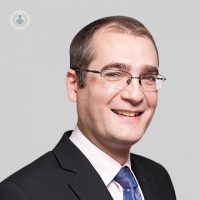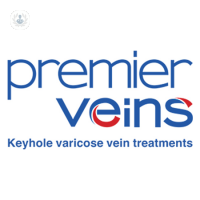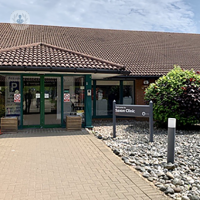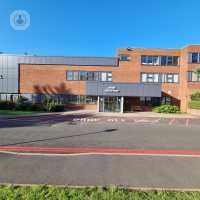Radiofrequency treatment (RFA)
Dr Kavita Poply - Pain medicine
Created on: 11-13-2012
Updated on: 08-17-2023
Edited by: Aoife Maguire
What is radiofrequency treatment (RFA)?
Radiofrequency (RFA) is a minimally invasive procedure which can be used to treat varicose veins. It is performed under local anaesthetic, and uses the application of heat to damage tissue, meaning scar tissue forms. This closes the varicose vein and cuts it off, meaning it is destroyed. This type of treatment can be used on large varicose veins.

Why undergo radiofrequency treatment?
Varicose veins can be considered unsightly by some, and many wish to have them removed. Varicose veins can also be painful and cause discomfort. Several types of procedure are available for the treatment of varicose veins, and different ones will be indicated depending on the patient and the size of the vein. As radiofrequency is able to destroy larger veins, it may be indicated in patients who have veins of significant size.
What does it involve?
The procedure is performed while the patient is awake, as a local anaesthetic is given to numb the particular area where treatment will be applied. Radiofrequency (an electrical current) is passed through a catheter injected into the vein, which heats up the vein wall and damages it. This causes the vein to close off.
Radiofrequency is generally a successful procedure, and the vein closes off in most patients. One advantage of radiofrequency is that it is less painful than traditional varicose vein surgery, which removes the vein itself.
Some side effects may include burns on the skin, pain after recovery, or clotting in the vein. However, these risks are minimal and usually get better over time.
How to prepare for radiofrequency treatment
Before the treatment, a medical history will be taken to see if the patient is suitable, and where the procedure should be performed. Medication will also be discussed, and those who take aspirin or blood-thinners (such as ibuprofen) as long-term medication will be told to stop several days before the procedure.
Post-operative care
After the procedure, the surgeon places a dressing on the area which has been treated. This dressing must be worn for at least 24 hours. After these 24 hours are up, the patient then should wear compression stockings for at least two weeks. Some mild pain may be experienced, which can be relieved using over-the-counter painkillers.
A follow-up ultrasound will be taken around a week after the procedure, to check the vein is closed and to see if a deep vein thrombosis (DVT) has developed. This occurs rarely but it is a possibility and it is important for the surgeon to check.
Patients are advised not to partake in strenuous activity for a few weeks afterwards, but light activity is encouraged and the patient will be able to return to work soon after the procedure.

